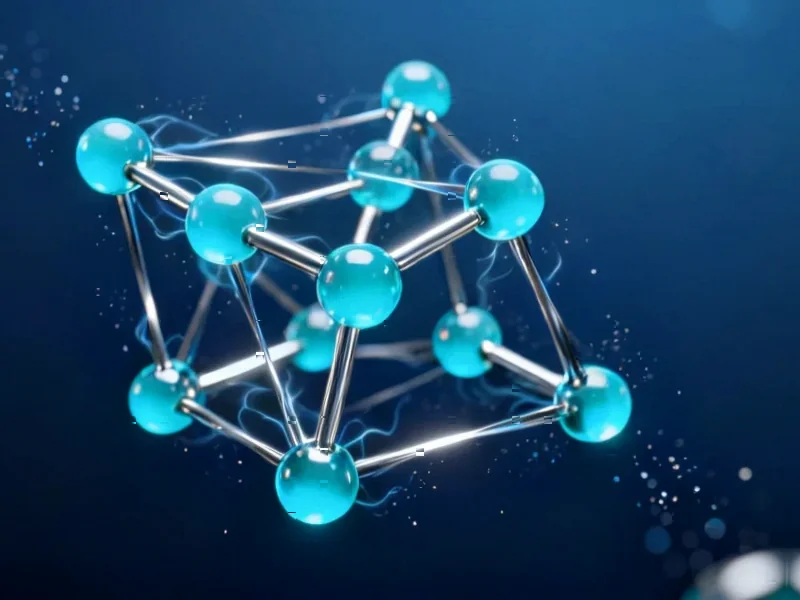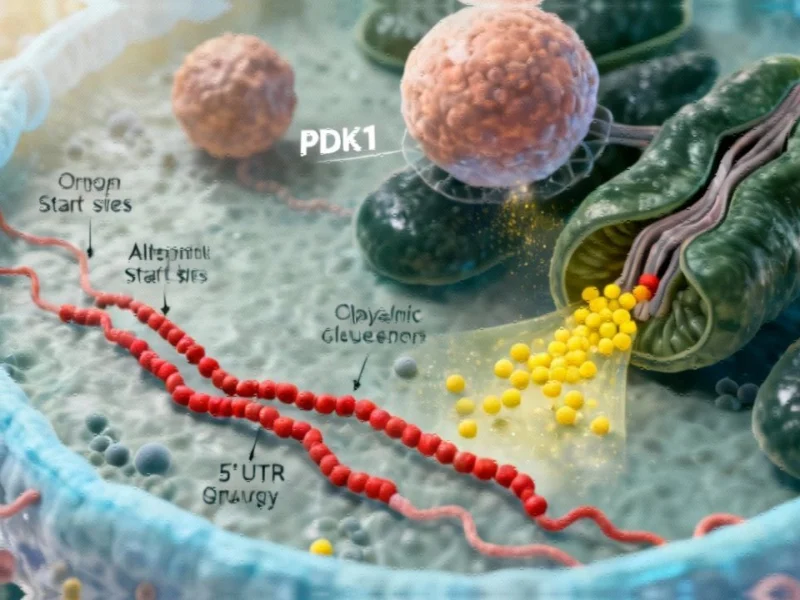New Approach to Protein Orientation Determination
Researchers have developed a novel method to determine the orientation of proteins during X-ray free-electron laser experiments by analyzing explosion patterns, according to a recent study published in Scientific Reports. The technique analyzes fragmentation patterns resulting from Coulomb explosions induced by ultrafast X-ray pulses, potentially providing crucial orientation information that has been a longstanding challenge in single particle imaging.
Table of Contents
Overcoming Single Particle Imaging Limitations
Sources indicate that Single Particle Imaging (SPI) at X-ray Free Electron Lasers (XFEL) represents a significant advancement in molecular imaging, particularly for proteins that are difficult to crystallize. Traditional X-ray crystallography, while capable of achieving Ångström resolution, faces limitations with many important proteins—especially membrane proteins that constitute approximately 30% of all proteins and represent major drug targets. Analysts suggest that crystal-induced conformational biases can reduce the biological relevance of structures obtained through crystallography, making SPI an attractive alternative for studying individual non-crystalline particles.
The report states that one persistent challenge in SPI has been determining the orientation of freely rotating molecules during delivery. While algorithms such as Expand-Maximize-Compress (EMC), common arc, and manifold embedding can reconstruct samples from diffraction data without prior orientation knowledge, they typically require large numbers of high-quality diffraction patterns to be effective.
Explosion Pattern Analysis Methodology
According to the research team, their approach involves simulating Coulomb explosions for 85 proteins ranging from 100 to 4000 atoms using a hybrid Monte Carlo/Molecular Dynamics approach. The resulting ion ejection patterns were captured on two virtual detectors, with the explosion information used to infer protein orientations at the moment of X-ray exposure. The method differs from conventional Coulomb explosion imaging used for small molecules, as the explosion footprints in this study are simplified—constructed only from field-free ion trajectories without coincidence, momentum, or mass information.
Researchers reportedly found that partial orientation information can be extracted, particularly for larger proteins. The study builds on previous work that simulated X-ray-induced Coulomb explosions on lysozyme, where time-integrated explosion footprints generated by projecting carbon and sulfur ion trajectories onto virtual spherical detectors showed potential for determining protein orientation during exposure.
Practical Applications and Future Implications
The report suggests that knowledge gained from ion data in X-ray laser-induced explosions can directly provide a sample’s relative orientation, complementing traditional orientation-retrieval algorithms based on diffraction patterns. This approach could prove particularly valuable when the number of available patterns is limited or when diffraction measurements suffer from low signal-to-noise ratios.
Analysts note that recent studies have shown partial knowledge about protein orientation can improve reconstruction capabilities of algorithms like EMC, potentially reducing the number of diffraction patterns required for successful reconstruction and allowing the use of noisier patterns. This development could accelerate structural biology research by making single particle imaging more accessible and efficient.
The research team concludes that their method demonstrates the feasibility of extracting orientation information from explosion patterns, opening new possibilities for advancing structural determination techniques in molecular imaging. As the field of single particle imaging continues to mature, such complementary approaches may help researchers overcome current limitations and unlock new understanding of protein structures and functions.
Related Articles You May Find Interesting
- Ford Q3 Earnings Preview: Strong Results Expected Amid Supply Chain and Tariff H
- Ontario Commits $8.6M to Boost Women’s Participation in Skilled Trades Sector
- New AI Framework Super Mamba Achieves Breakthrough in Infrared Small Object Dete
- Memory Market Alert: DDR5 and DDR4 Prices Projected to Climb After Recent Surge
- AI Pioneer Warns of Innovation Stagnation, Calls for Shift Beyond Transformer Mo
References
- http://en.wikipedia.org/wiki/X-ray_laser
- http://en.wikipedia.org/wiki/Molecule
- http://en.wikipedia.org/wiki/Ion
- http://en.wikipedia.org/wiki/Protein
- http://en.wikipedia.org/wiki/X-ray
This article aggregates information from publicly available sources. All trademarks and copyrights belong to their respective owners.
Note: Featured image is for illustrative purposes only and does not represent any specific product, service, or entity mentioned in this article.



